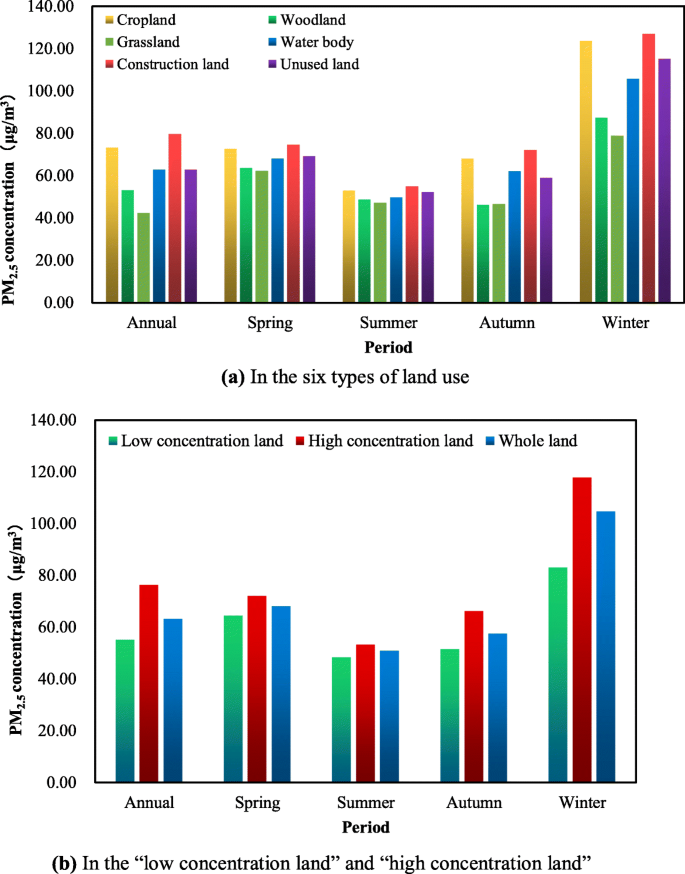
When using ArcMap, you can use the Selection tool to choose which raster catalog items to copy. You can copy your output raster catalog to any type of geodatabase: personal, file, or ArcSDE. Optimizing layers, rasters, and layoutsThe input and output of this tool is a geodatabase raster catalog. Raster version of the soil map unit polygons in a selected gSSURGO file geodatabase. Could this be a problem with ArcMap 10.3 I could have sworn that I've dealt with larger rasters than 600MB before in earlier versions, and it was slow but still worked.(including gSSURGO Database Toolset for ArcGIS Desktop 10.3.x). I've tried turning off Background Geoprocessing, removed and re-added the rasters, tried restarting ArcGIS, and the computer, but same result.
Optimizing maps to be served with ArcGIS for ServerProperties of Raster Data Raster Function Template (RFT) A raster function defines a processing algorithm -Stretch, hillshade, NDVI, and etc. NIM006058 - Checking in a very large number of edits may eventually consume all memory and crash the application. NIM006050 - White lines present for displaying adjacent rasters, if these rasters are in one of the GDAL formats, and pyramids have been built in ArcGIS 9.1.
For optimal map performance, the data in your mapShould reside locally on the computer that is being used to view itRather than on a remote machine. However, in terms of speed, shapefiles areGenerally fastest, followed by personal geodatabases, then fileGeodatabases. Setting up your dataChoosing the format in which to store your data is often a balanceOf many factors, including the needs of your organization or users,Purpose of the data, size of the data, analysis or data maintenanceRequirements, and so on. Below are some guidelines for maintaining performance when setting up data and working with the contents of your map. Many factors play a role in speed, including the format of the data source the data's location and the properties you set for the layers, data frames, and layouts. Larger raster data should not be stored in row.The way you set up your data and how you use it can be optimized to improve performance in ArcMap.

TheGeoprocessing framework also provides a tool to create attribute For moreInformation, see Modifying indexes in shapefiles by adding a spatial indexand A quick tour of setting a spatial index (geodatabases). Indexes are specific to each data format. Using attribute or spatial indexes—If the data source allows it, index any fields used for querying orRendering. In addition, you can export the data to new featureClasses that contain the joined or related information.
Then, checkBoth the page layout and data views and ensure that your mapDocument is clear of data frames and layers that are unrelated toThe map's purpose. In addition,Simplified data can improve performance for querying and identifyOne of the first and easiest steps you can take is to look throughYour map and remove any unused layers and data frames. If this layer is simplified to haveFewer vertices and line segments, it will draw much faster withLittle difference in appearance at a small scale. For example, a detailed map of world coastlines mayDraw slowly at full scale.
See Working with basemap layers for more information. Use basemap layers to optimize drawing performance. For information onSymbology and performance, see Optimizing map symbols for performance.


To learn more about theFeature cache and when to use it, see Working with the feature cache. Some of theActivities that can often benefit from a feature cache include drawingLarge or complex datasets, labeling, editing, selecting features,Retrieving the same features for multiple layers on a map, andDrawing features using a definition query. Because retrieving theFeatures from local memory is a fast operation, using the feature cacheWill often result in performance improvements.
RoundCorners, backgrounds, and shadows will slow down performance.Eliminating these effects and setting these properties to squareCorners can improve drawing performance of the data frame in layoutView. Improving performance in layout view—While in layout view, look at the border of your data frames. Pyramids can speed up the display ofRaster data by retrieving only the data at a specified resolutionFor a list of other ways to improve performance when working withRasters, see Improving the display of raster data. InPyramids for your raster.
Include the appropriate layers and symbology, but do not include anything that the audience does not require for this application. For more tips, see Map authoring considerations.When serving maps, design the map for the intended audience. In addition, here are some other tips specific to maps to be served.
When it is not appropriate to rely on cached maps, following the tips in these sections of the help will also improve performance while preparing dynamic map documents and delivering them through your map service. Consider making only a few layers visible by default, since users can turn on layers as they need them.While using a cached map service is always the fastest way to serve map services because the map is only rendered once at the time the cache is created, creating a cached map is not always practical for dynamic or changing data.


 0 kommentar(er)
0 kommentar(er)
